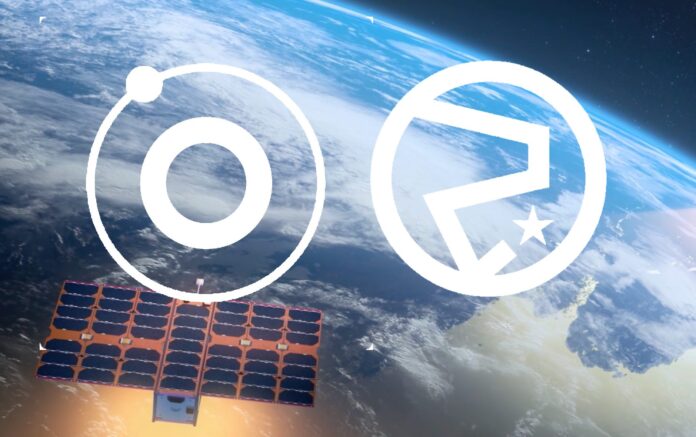KDDI-owned Soracom is offering “native support” for satellite messaging with its global IoT connectivity offer, so enterprise IoT users can pay for both terrestrial and satellite connectivity in a single platform. The firm announced a deal with Switzerland-based nanosatellite operator Astrocast in July, which has now been fully integrated into its global IoT platform, which offers cellular IoT (NB-IoT and LTE-M) and Sigfox, plus Wi-Fi and Ethernet.
Additional satellite IoT providers will be integrated into the platform, it said, enabling users to manage connections and billing in one place. A statement said: “Native support for satellite enables customers with remote monitoring, asset tracking and other use cases to ‘bring their own’ compatible satellite hardware and manage all of their connections and billing in one place.”
Soracom has combined cellular IoT and Sigfox billing in its platform since 2018. Soracom is an investor in and collaborator with new Sigfox-owner UnaBiz. It introduced a new platform, Soracon Arc, last year to allow IoT developers to connect devices using “blended” Wi-Fi, Ethernet, and satellite connectivity, plus cellular-based low-power wide-area (LPWA) technologies NB-IoT and LTE-M and non-cellular LPWA technology Sigfox.
The Arc platform provides developers access to sundry network and application services, including cloud integration, private networking, data optimization, secure remote access, and on-demand packet capture. The latest move is to make Astracast-owned satellite connectivity “native” within the Arc platform, as well. It said: “Native satellite support is a new addition to Soracom’s ‘blended’ IoT networking offering.”
It restated a familiar line in marketing about the logic for satellite IoT, that 90 percent of the world’s population is covered by terrestrial cellular networks, but only 15 percent of its surface. “IoT deployments in remote locations, such as those found in precision agriculture, industry, mining, energy, and maritime and other industries, require the ubiquitous network availability that only satellite coverage can provide.”
Kenta Yasukawa, co-founder and chief technology officer at Soracom, said: “Soracom is committed to accelerating IoT deployments around the world and ensuring success at scale… With the addition of native satellite support, we are empowering customers to build new experiences around connected devices while reducing total cost of ownership, accelerating speed to market, and ensuring complete control over every connection.”
Fabien Jordan, co-founder and chief executive officer at Astrocast, said: “There is significant demand… for IoT deployments across the 85 percent of the globe that currently has zero cellular coverage. Cost effective, low power, bi-directional satellite technology brings new opportunities for a broad range of use cases. [This arrangement] gives integrators and organizations a chance to explore and develop a new dimension to their IoT deployments.”

